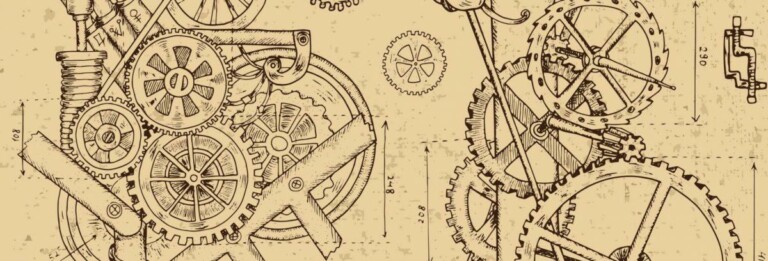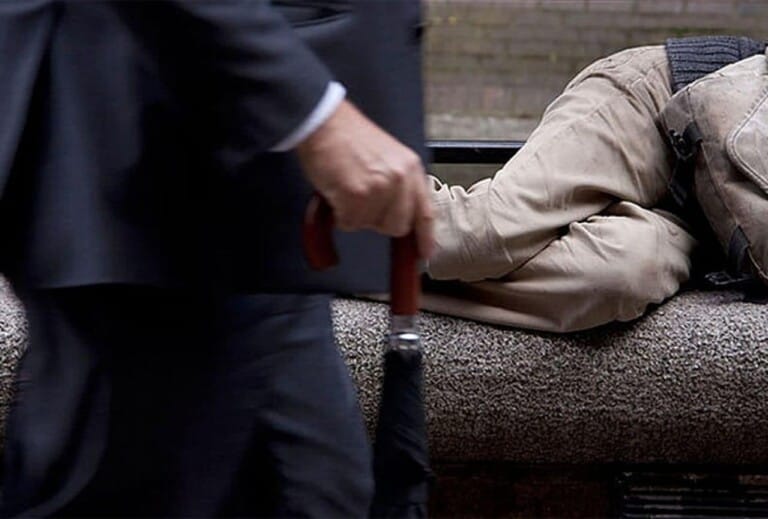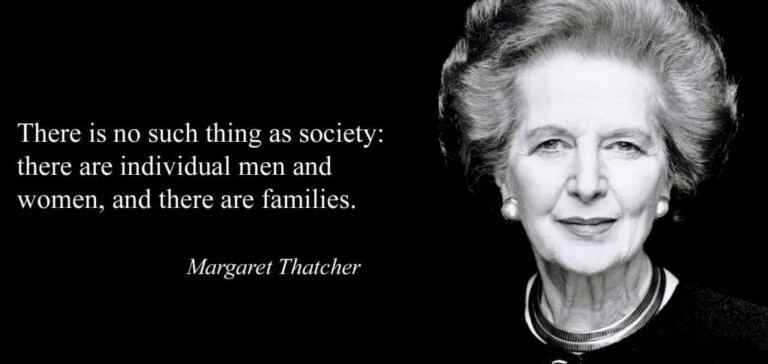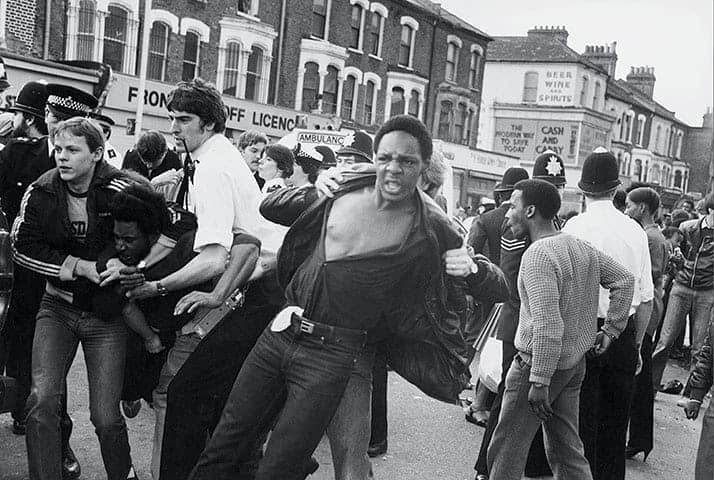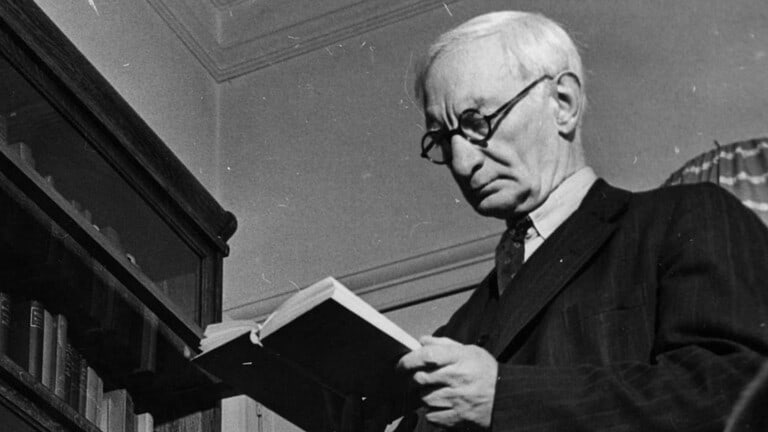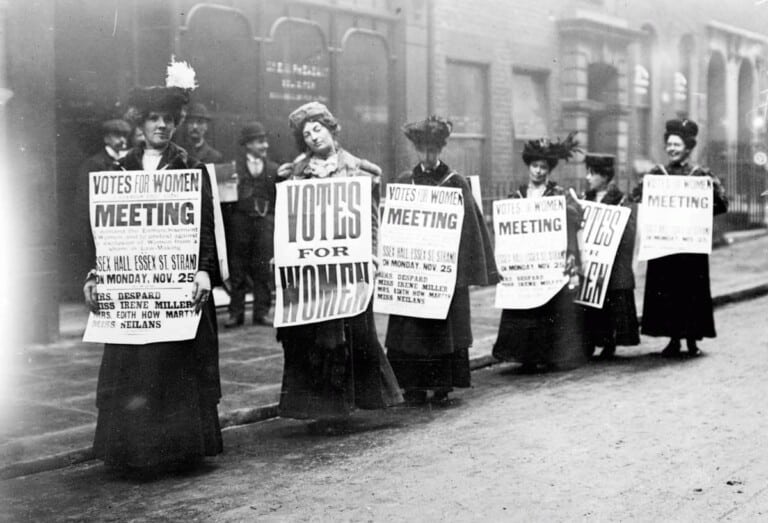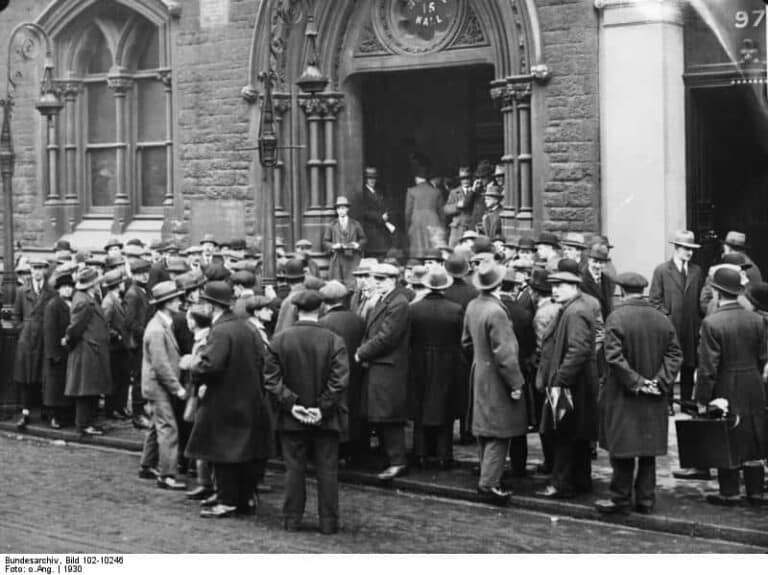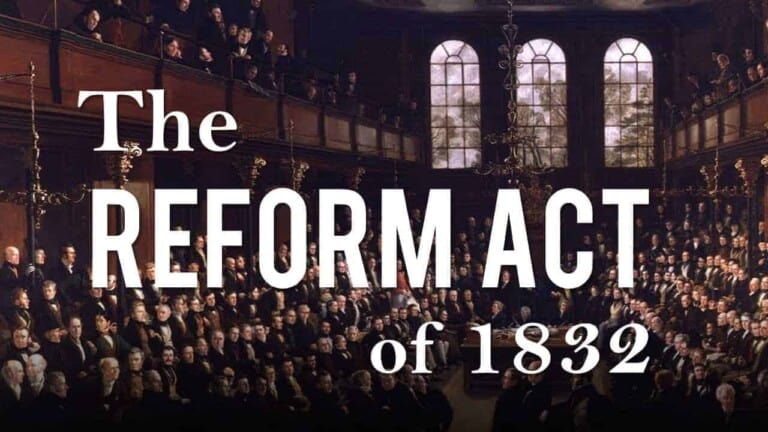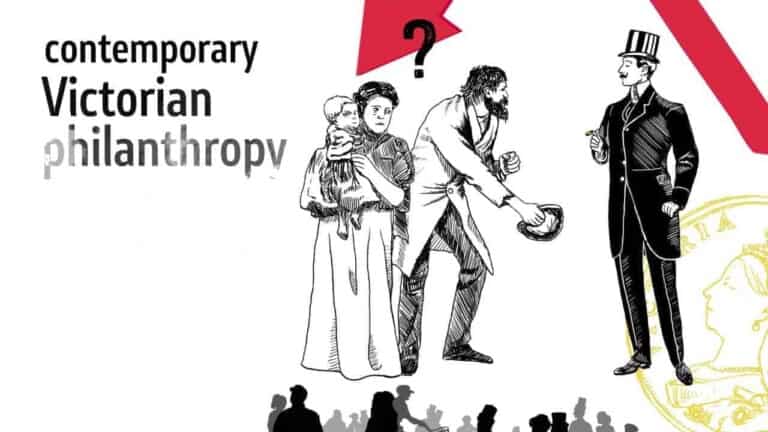I – Les besoins
Un besoin est un manque, un sentiment de privation accompagné d’un désir de le faire disparaître.
Les besoins sont illimités à cause du progrès technique, de la publicité et de la mode.
Ils peuvent être individuels (besoin d’un vêtement) ou collectifs (besoin d’une troisième ligne de tramway), primaires (se nourrir, se loger, se vêtir : besoins vitaux) ou secondaires (maison à soi, voiture, téléphone). Notez bien que cette classification est relative.
Les besoins sont satisfaits par :
- des biens : produits matériels de l’activité économique (ex : voiture).
- des services : produits immatériels de l’activité économique (ex : coiffeur).
Un bien économique est relativement rare : son obtention mérite un effort (ex : voiture).
Un bien non-économique, ou bien libre, est disponible en abondance (l’air). Aucun travail n’est nécessaire pour en bénéficier. Les biens sont de plus en plus des biens économiques.
Un bien durable s’utilise plusieurs fois. Un bien non-durable ne s’utilise qu’une seule fois.
Les biens de consommation s’adressent aux ménages (ex : nourriture), c’est un bien utilisé directement par le consommateur.
Les biens de production concernent les entreprises (ex : matières premières) car ils sont utilisés dans le processus de production.
Les besoins sont à l’origine de l’activité économique.
II – Les entreprises
L’entreprise est un agent économique et une unité de production. Elle produit des biens et services pour satisfaire les besoins.
Biens et services sont vendus sur un marché.
Le but de l’entreprise est de faire des profits en créant de la valeur et en contribuant au processus de transformation par des investissements continuels, ce qui permet d’assurer un “roulement” des fonds. La bonne santé d’une entreprise peut être évaluée avec son taux d’endettement (qui doit être ni trop haut, ni trop bas).
Il existe différents critères de classification des entreprises :
- la taille : micro-entreprises, PME, grandes entreprises.
- le statut juridique : entreprises individuelles, sociétés, SARL (Société A Responsabilité Limitée), SA (Société Anonyme), EURL (Entreprise Unipersonnelle à Responsabilité Limitée), SNC (Société en Nom Collectif).
- le secteur économique : primaire, secondaire, tertiaire.
